From Sketch to Your Wrist: The Journey of Watch Design
How luxury watches come to life — from the first sketch to the final product on your wrist. Featuring insights on design, tools, testing, and timeless craftsmanship.
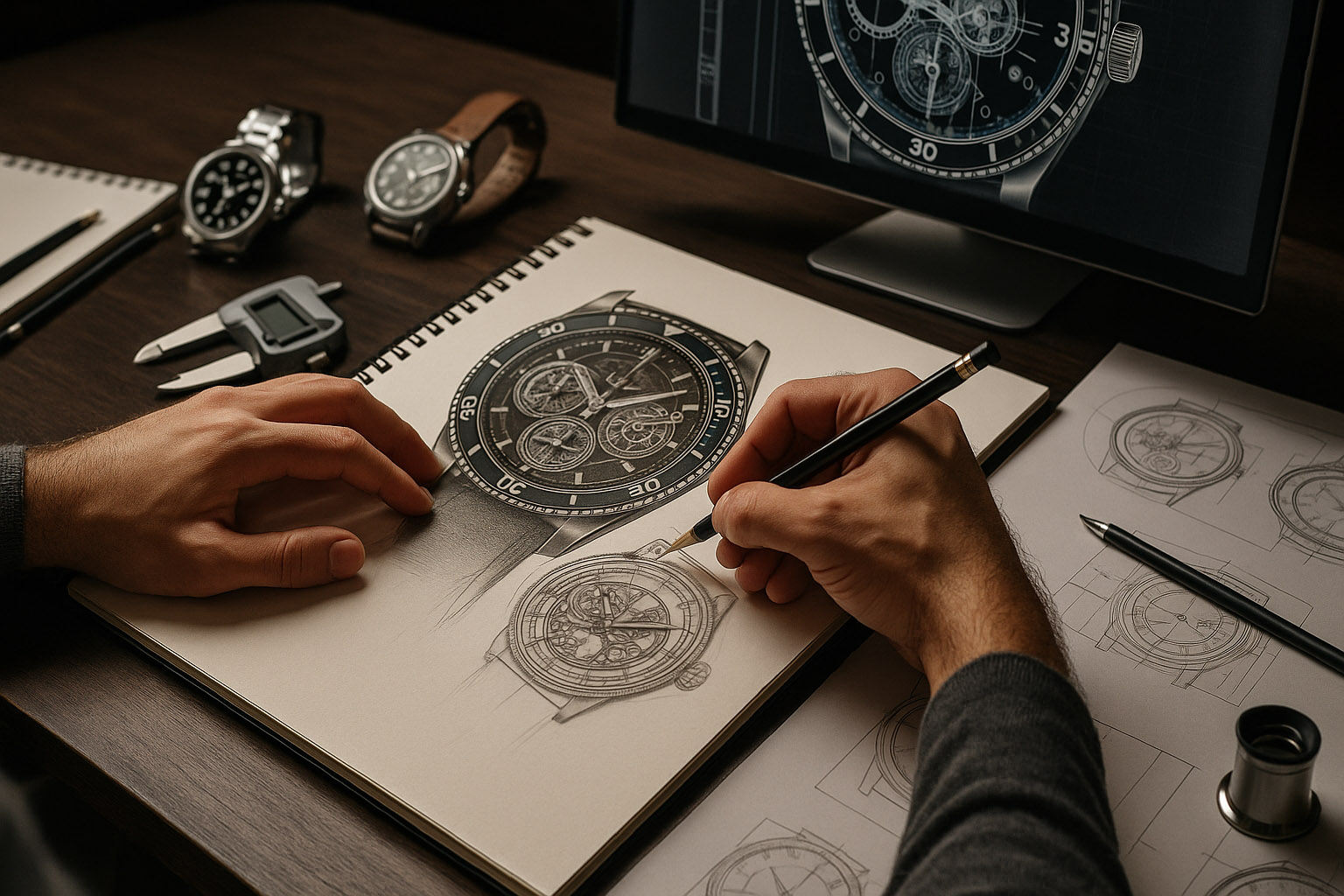
How luxury watches come to life — from the first sketch to the final product on your wrist. Featuring insights on design, tools, testing, and timeless craftsmanship.

Watches are more than instruments of timekeeping — they are expressions of precision, craftsmanship, and design philosophy. From the first pencil sketch to the final ticking masterpiece, each timepiece undergoes a meticulous journey blending engineering, art, and emotion.
This article follows the entire process — from creative conception to the moment it rests on your wrist.
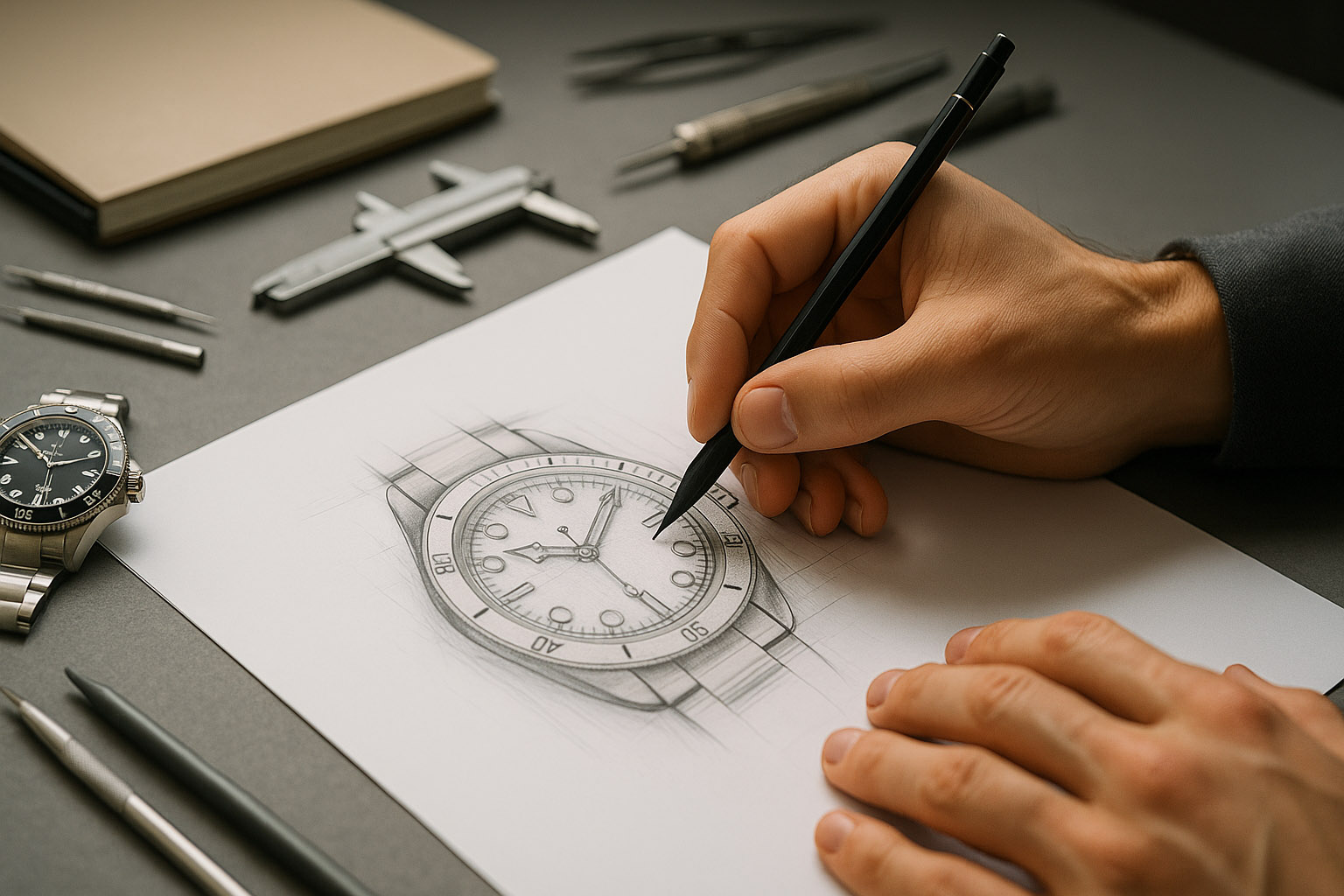
Every watch begins with an idea — a purpose.
Is it a diving tool, an elegant dress watch, or a futuristic smartwatch?
Designers start by exploring shapes, proportions, and dial layouts on paper or tablets. The creative process focuses on balance, legibility, and emotion — how the watch will make its wearer feel.
Tools:
Once the concept stabilizes, industrial designers model the case, dial, and hands in 3D.
Tools:
Unknown insight:
At Rolex, the design team works up to five years ahead of launch, refining every curve and light reflection before a model ever reaches public eyes.
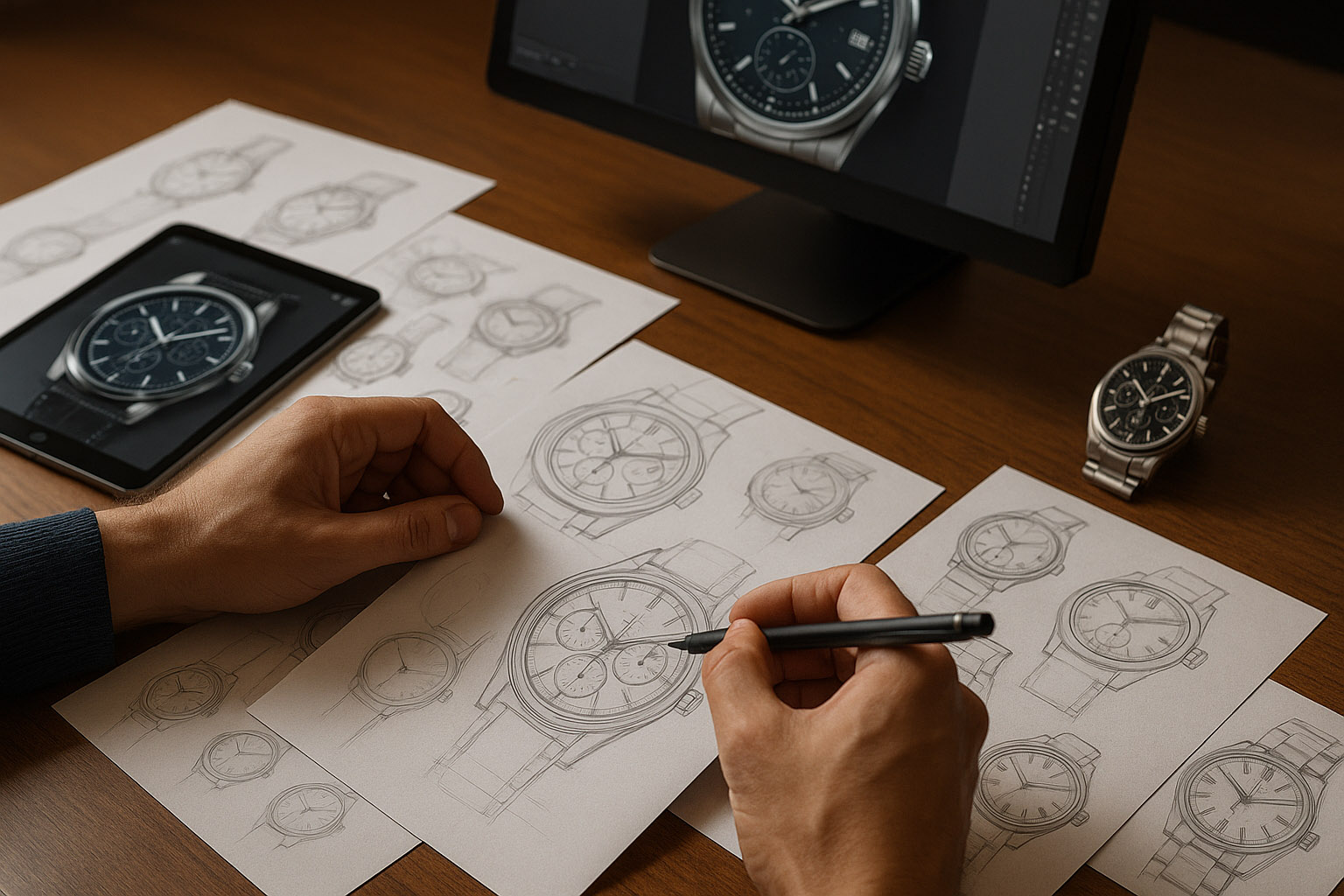
Behind the elegance lies hard engineering. Watch cases, crowns, and movements are designed to endure pressure, moisture, and wear.
Designers collaborate closely with mechanical engineers to integrate movement architecture — ensuring precision down to micrometers.
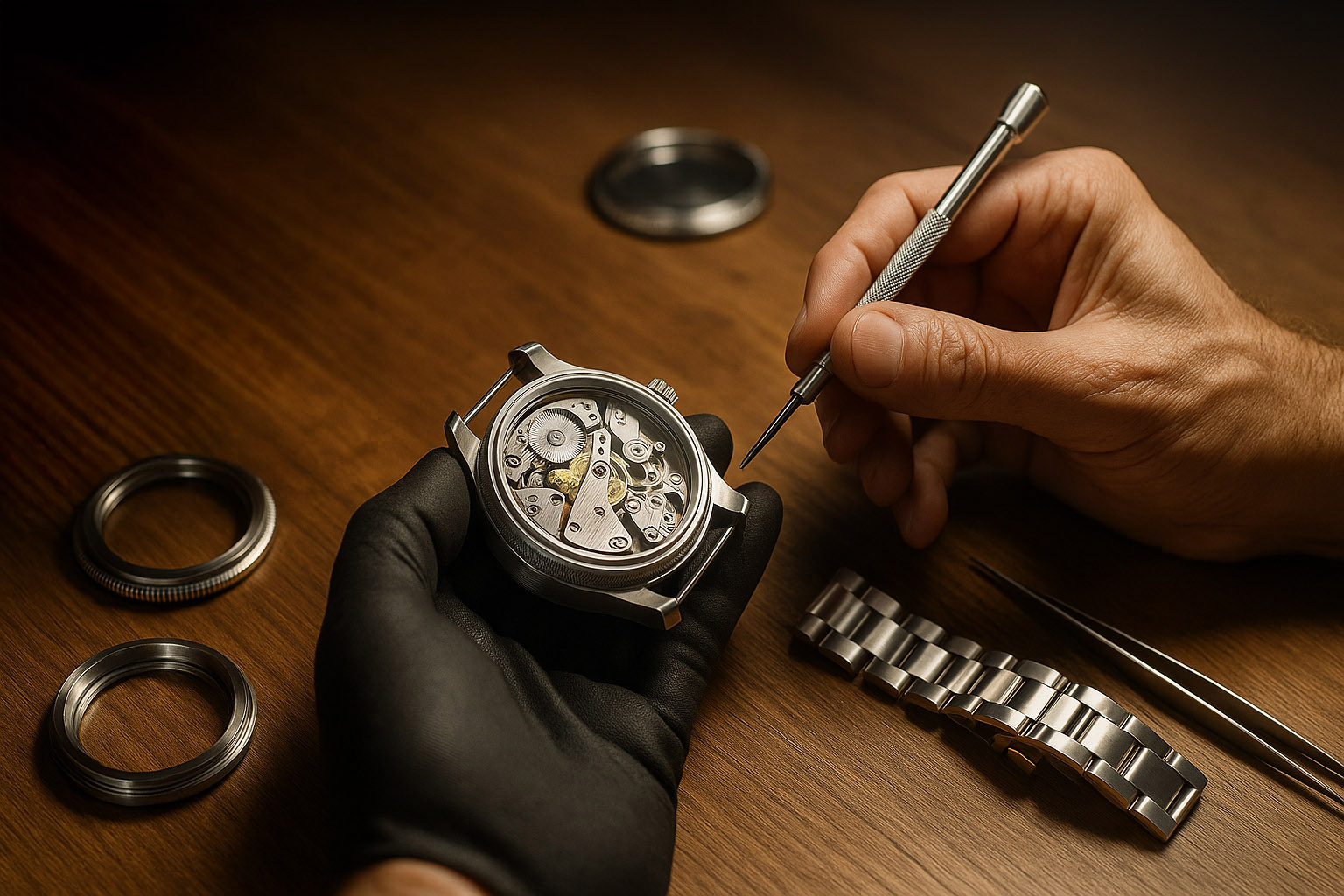
3D-printed models allow designers to evaluate ergonomics and aesthetics quickly.
Resin or metal prototypes simulate how the watch feels on the wrist.
Hidden fact:
Omega tests its watches using magnetic fields stronger than MRI scanners to ensure anti-magnetic protection in models like the Seamaster and Aqua Terra.

Even in the age of automation, much of watchmaking remains a handcrafted art.
At brands like Patek Philippe and A. Lange & Söhne, a single watchmaker often oversees a watch from start to finish — a centuries-old practice that guarantees individuality.
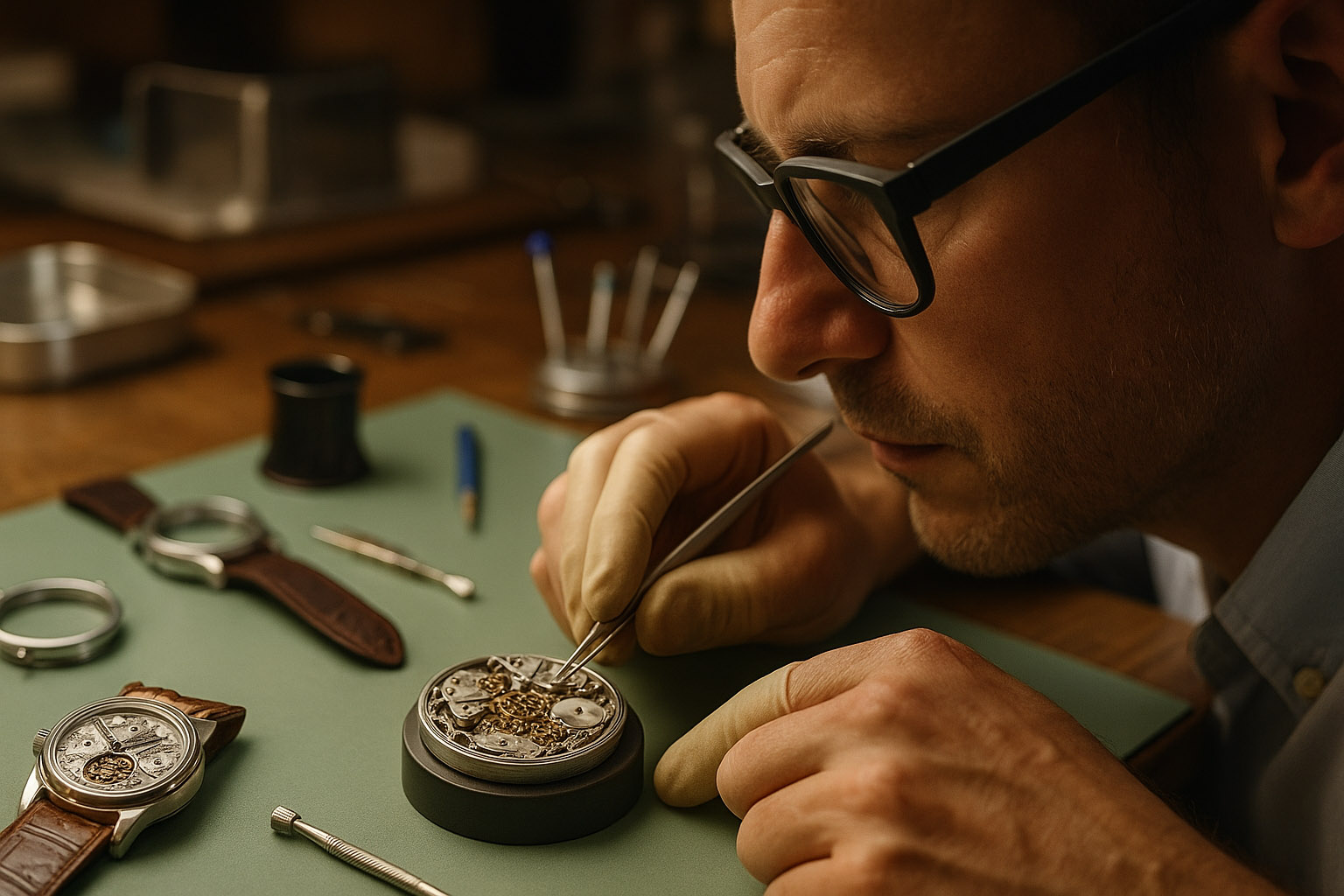
Modern watchmaking blends tradition with technology.
Apple, TAG Heuer, and Garmin lead innovation in hybrid design, merging aesthetics with digital intelligence — a sign of what the next century of watchmaking may look like.
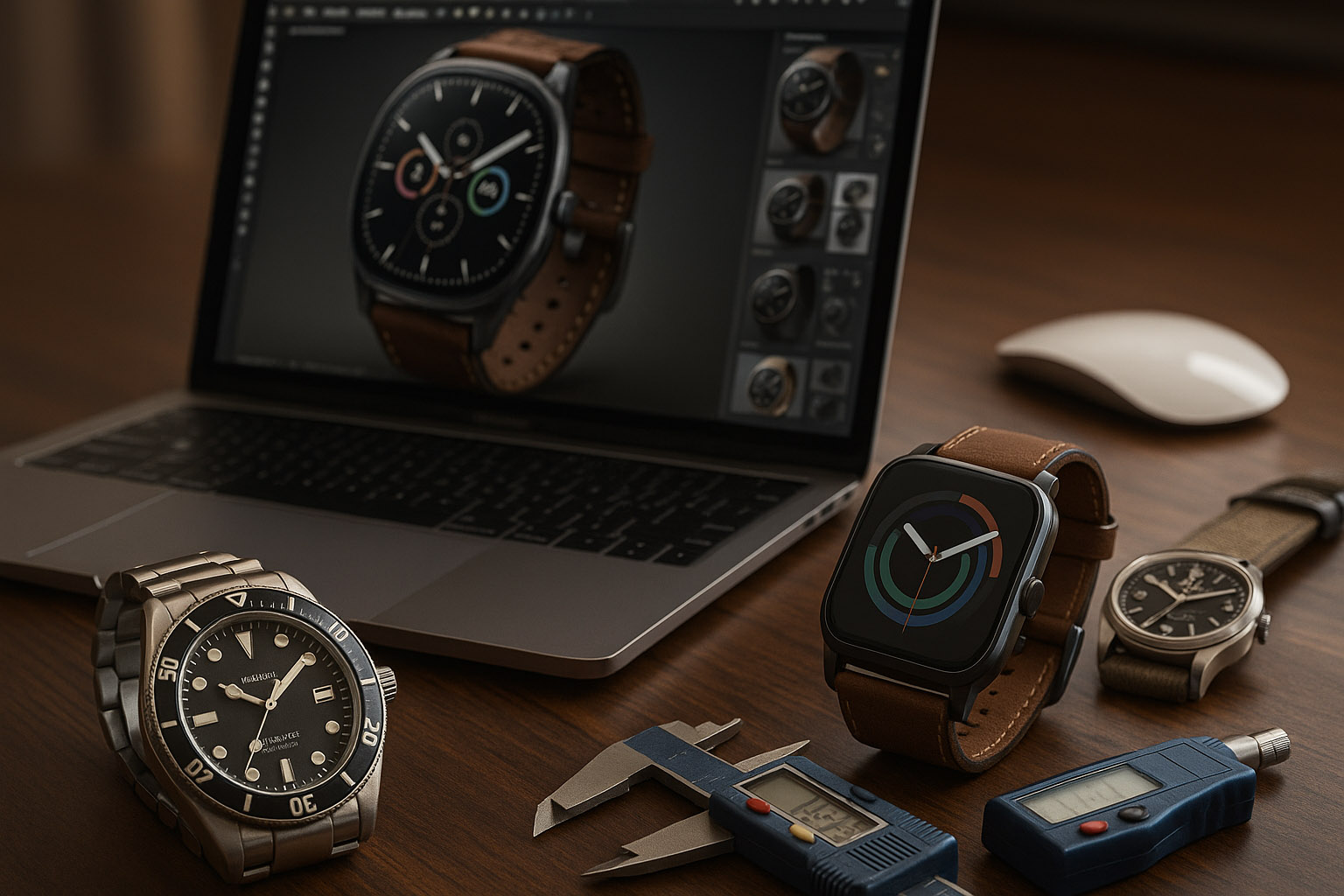
Some watches transcend fashion — they become cultural milestones.
Unknown insight:
The original G-Shock prototype was thrown from a third-story window during testing — and survived unscathed.
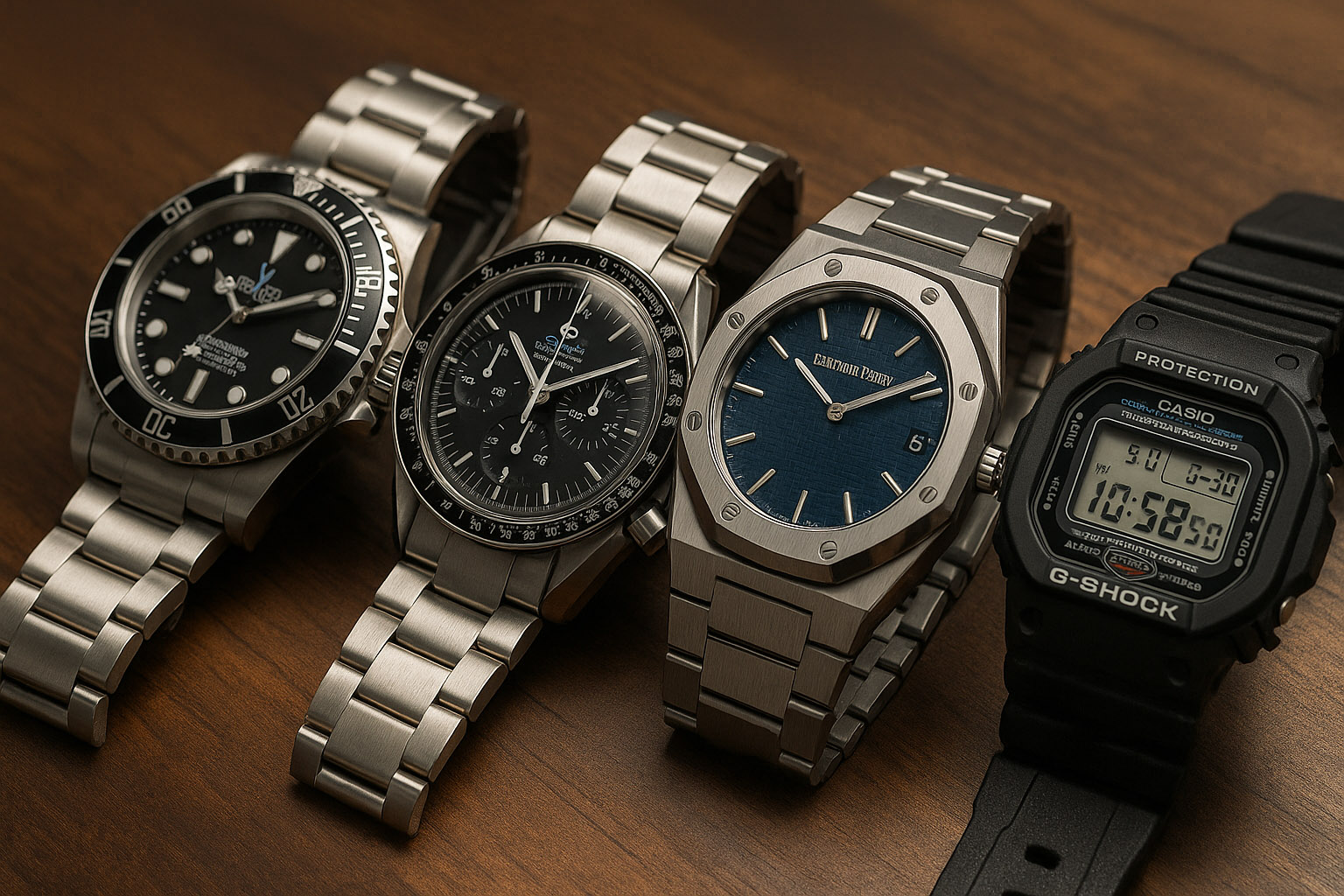
After design validation, the watch goes through final assembly, polishing, and quality certification.
Packaging and marketing teams prepare campaigns months before release — blending storytelling with engineering excellence.
Luxury houses often unveil new collections at Watches & Wonders Geneva, where each model symbolizes years of quiet design and technical dedication.
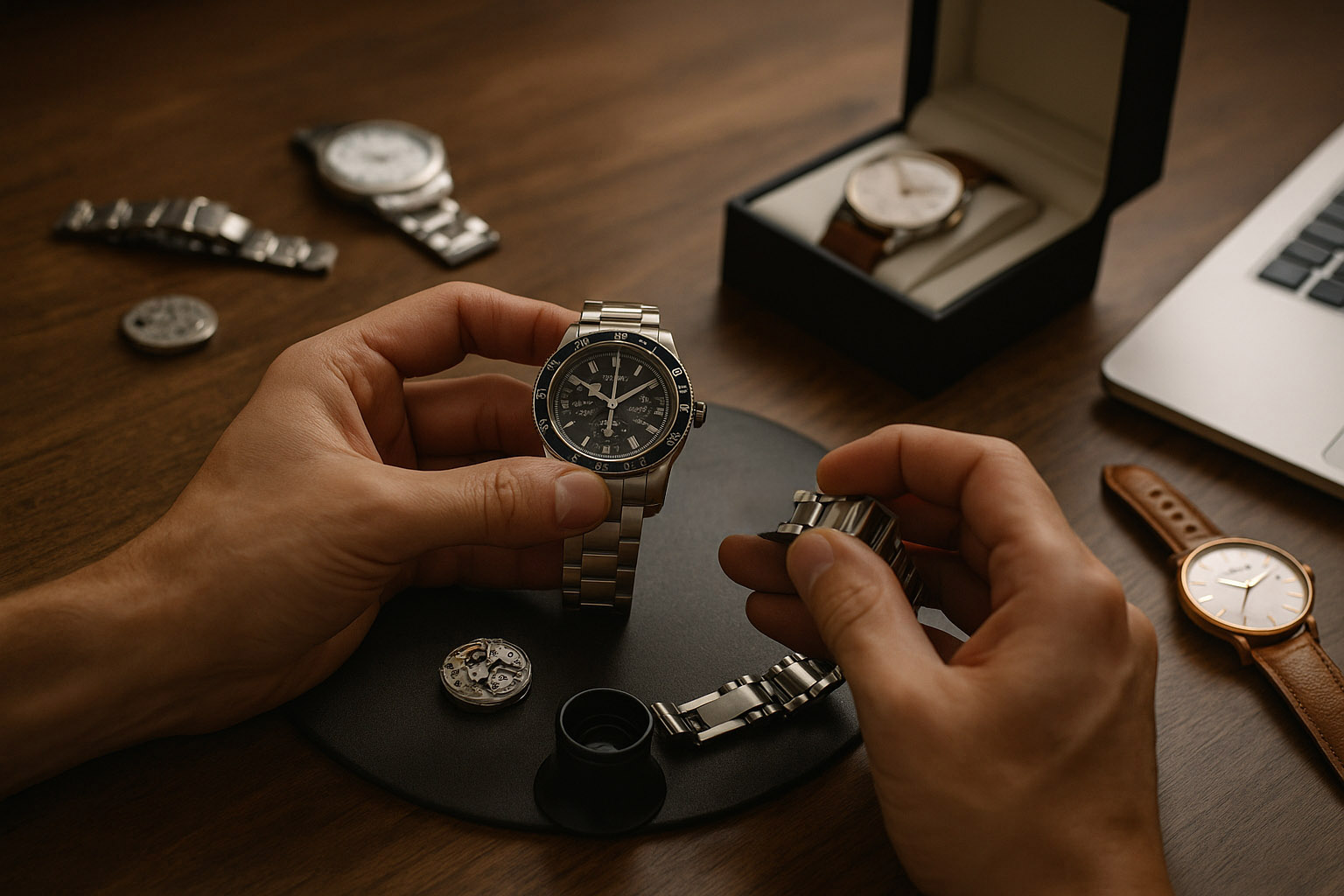
Tomorrow’s watches will merge craftsmanship and computation — featuring smart materials, renewable energy, and adaptive mechanics.
AI-driven personalization may allow you to design your own dial, while sustainable materials replace precious metals.
“Yet, even in a world of algorithms, the soul of the watch will always come from human hands.”
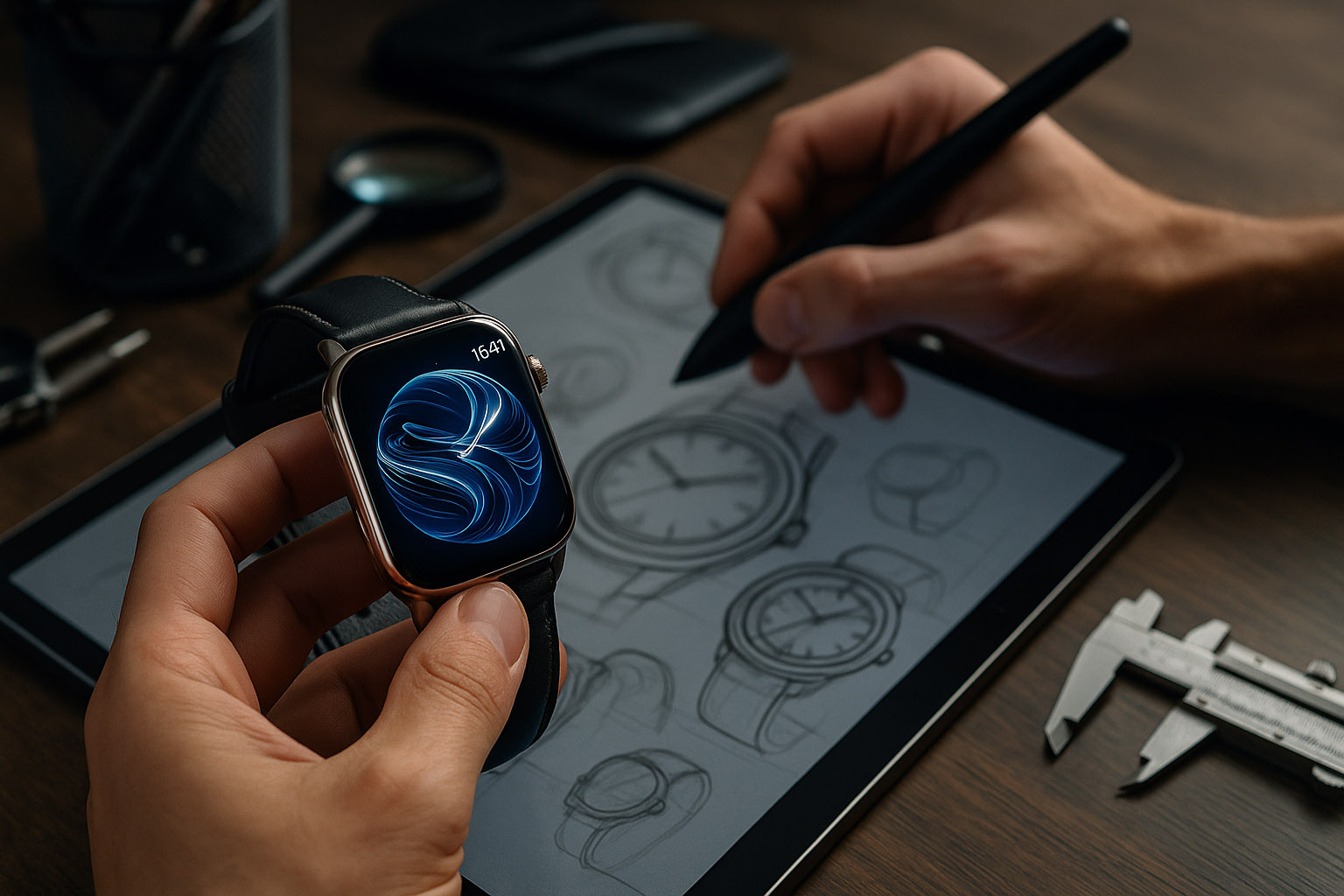
From graphite sketch to sapphire crystal, from workshop to wrist — every watch is a story of precision and patience.
“The whole process combines design thinking, technology, and timeless craftsmanship — all in service of one idea: capturing time beautifully.”
News, insights, case studies, and more from the rausr team — straight to your inbox.
Send us your brief, your wildest idea, or just a hello. We’ll season it with curiosity and serve back something fresh, cooked with care.